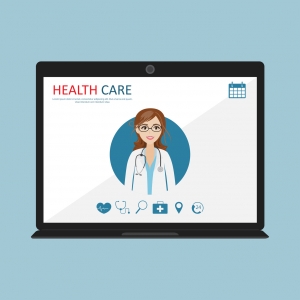Lessons learned from the Permanent Kaiser "Patient Portal" (USA)
25 de maig de 2016
The creation of the patient portals was intended to enable patients to communicate by secure e-mail with their doctors, but a couple of studies from 2015, one entrusted to Health Affairs and the other at the hand of the prestigious Nielsen Strategic Health Perspectives, showed that only 10% of hospitals gave online access to patients and that under 25% of patients used ICT to make appointments or to communicate with their doctor by e-mail.
With the advancement of ICT, user demands and barriers on the implementation of this service, and without really knowing where the patient portals will go in the near future, this article aims to show the lessons learnt by the Permanent Kaiser, which has now been on the market for 10 years.
Permanent Kaiser made its web site interactive in 2003 with the MyChart function (today it is called My Health Manager and is used to access the Medical Record). 70% of the users of the Permanent Kaiser access My Health Manager and in 2015 23 million mails were passed between patients and providers.
Lessons learnt:
- Between 2 and 6% improvement amongst patients with cholesterol, BP, etc. thanks to the use of e-mails. Patients who use the portal improve in their adherence to the treatment and in controlling their problem.
- The users of My Health Manager are more faithful to Permanent Kaiser, and do not change company.
- Although there are contradictory studies on the impact on the use of e-mails between professionals and patients, it has been demonstrated that there is a slight fall in the number of face-to-face visits and improved access to primary healthcare, because ICT has enabled greater contact between patients and professionals.
- The most active patients are generally white, 60-69 years of age, and it is unexpectedly the more elderly who have accessed this kind of communication more. The Afro-American and Hispanic population, generally with fewer resources, are not accessing the service and this leads the Permanent Kaiser to consider working to avoid exclusion in eHealth.
However, of all the lessons learnt, what is most positively viewed on the use of the portal is how it contributes to empowering the patient.


